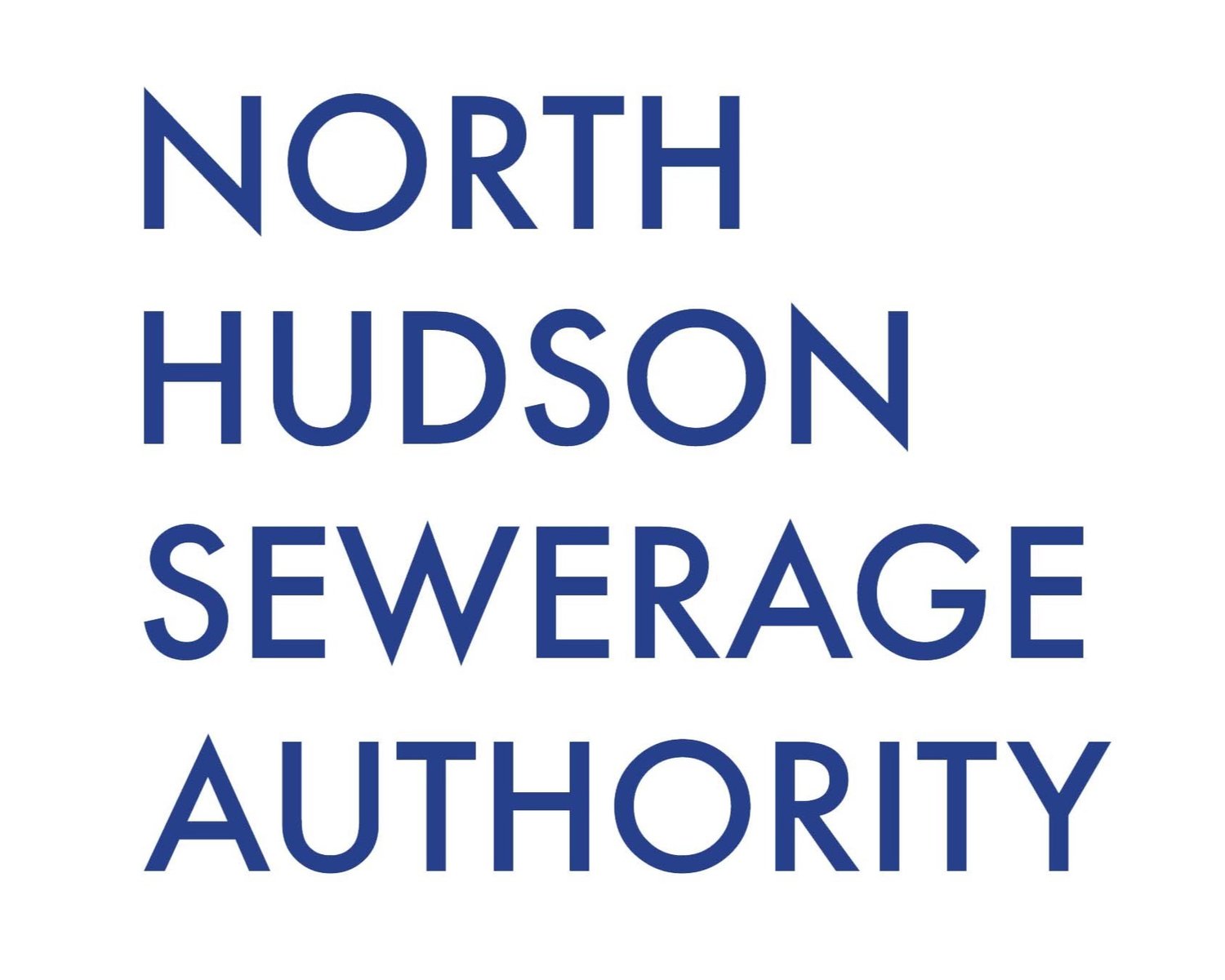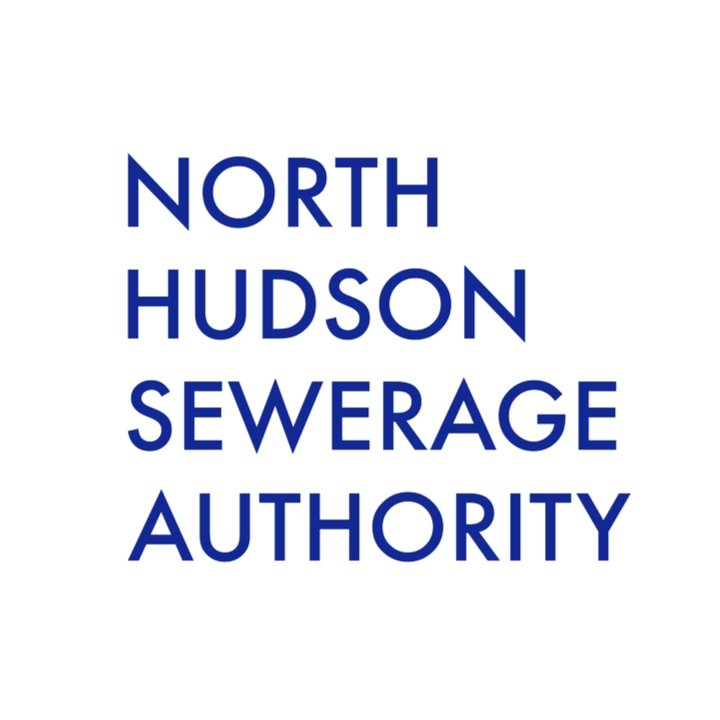Green Infrastructure
Rain Garden
The North Hudson Sewerage Authority constructed the first rain garden in the City of Hoboken, New Jersey, in 2014 at the site of its main wastewater treatment facility. Located in front of the Authority’s main administration building, the rain garden has two sections, divided by the main parking entrance. The rain garden was designed to capture sheet flow off the facility’s parking lot and divert rainwater away from the local combined sewer system.
Rainwater flow to the rain garden is separated into two catchments. The larger catchment includes the upper portion of the parking lot. Flow is conveyed to the larger of the two gardens through a skirt drain into an influent trough that runs the length of the garden. The flow from the smaller catchment (lower portion of the parking lot) is delivered to the smaller rain garden over a drop curb located at the south end of the parking lot.
Dr. Richard J. Wolff, Executive Director of NHSA, said, “Our goal in constructing the rain garden was to focus our local communities on green solutions in urban settings. There is a great deal that can be done with green infrastructure in densely populated areas serviced by CSO collection systems. We wanted to set an example for developers and municipalities alike, and this rain garden has been a great step forward in that regard.”
The Authority had an eye on community outreach when they constructed the rain garden and has had visits from NJDEP, students from Columbia University, and is now the subject of a study by a group headed by an expert in the field of green infrastructure.
Dr. Elizabeth Fassman-Beck, an associate professor at Stevens Institute of Technology and author of Living Roofs in Integrated Urban Water Systems, contacted the Authority Engineer, Fred Pocci, to ascertain NHSA’s interest in a study on the rain garden’s effectiveness in terms of capacity and water quality. The Authority quickly signaled its interest in working with Dr. Fassman-Beck.
Dr. Fassman-Beck offered to have students volunteer to help with the maintenance of the garden. Two engineering exchange students from Brazil, Ludmila Bgongoradarzi and Guiherme Wecker, contributed hours of manual labor and saw the project through completion. The Authority is pleased to have an expert in green infrastructure monitor the rain garden’s effectiveness going forward.
Bioswales
The picture above is of the construction of one of the new bioswales along Park Avenue in Weehawken. Our first green infrastructure project included the installation of 4 bioswales, and the one happening right now includes 10 bioswales.
Bioswales are an incredible form of green infrastructure that can offer a multitude of benefits to urban streets. They are essentially shallow, vegetated ditches that help manage stormwater runoff by allowing it to slow down, spread out, and sink into the ground rather than flowing into storm drains and polluting waterways. Some of the key benefits of bioswales include improving water quality, reducing flooding, enhancing biodiversity, increasing property values, and even helping to reduce the urban heat island effect by providing shade and evapotranspiration. Plus, they're also visually appealing and can make a street look more inviting and beautiful.
Below is a picture from our contract drawings of the bioswales.
This project was funded in part by the New Jersey Water Quality Restoration Program WQR-2019-NHSA-00204.




